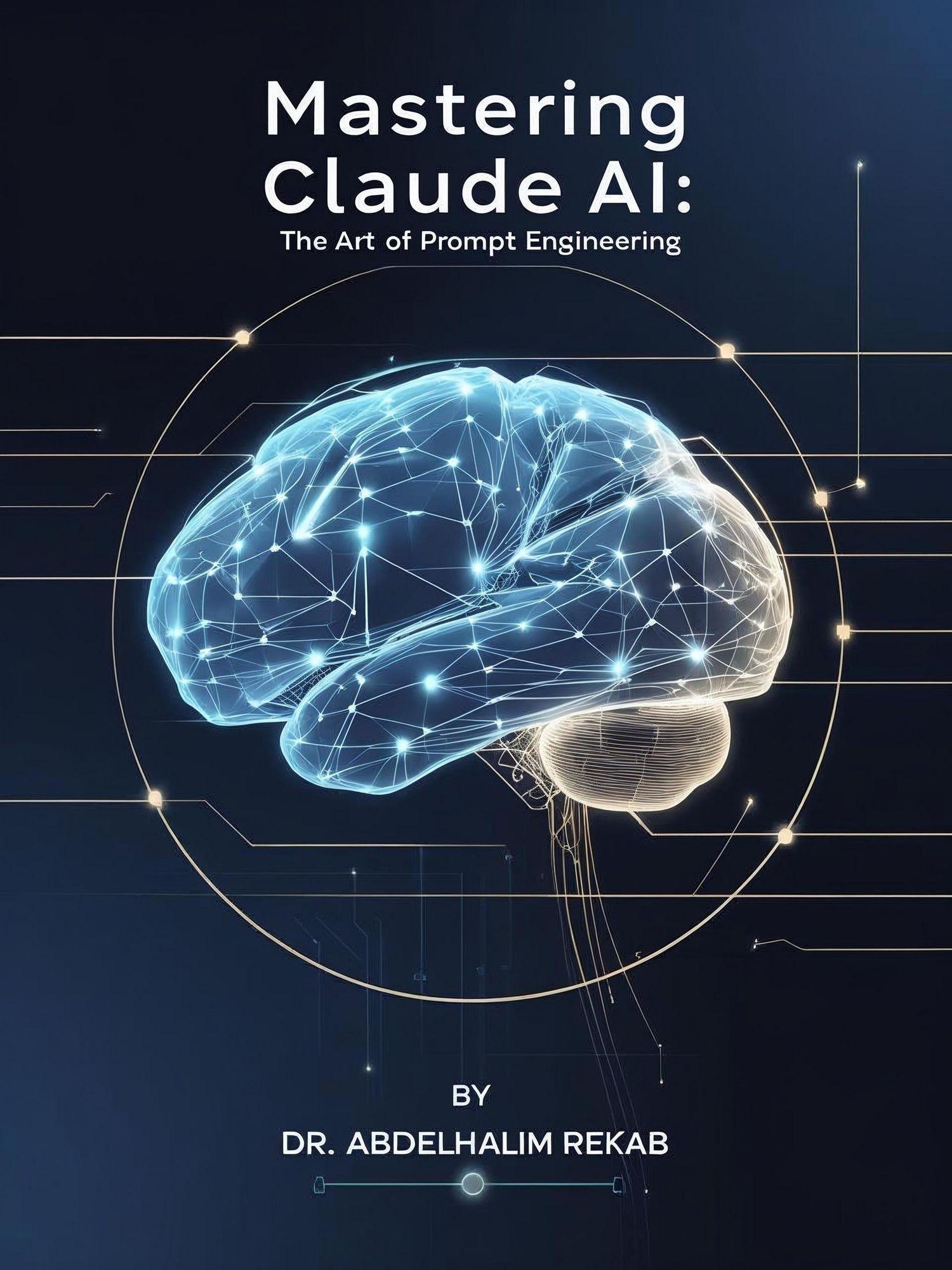Understanding Claude AI: The Future of Artificial Intelligence

Introduction
In recent years, artificial intelligence (AI) has drastically transformed various sectors, with innovative models shaping the landscape of technology. Among these, Claude AI, developed by Anthropic, has emerged as a significant player in the AI field. Named after Claude Shannon, a pioneer in information theory, Claude AI is designed to foster safe and aligned AI usage, making it a vital part of ongoing discussions around AI ethics and responsibility.
Key Features of Claude AI
Claude AI is built on state-of-the-art language understanding principles, similar to its predecessors like GPT-3. Its architecture enables it to comprehend context and nuance, allowing for more human-like conversations. A notable advancement in Claude is its emphasis on safety protocols, aimed at minimising harmful outputs and ensuring aligned user interactions.
As of October 2023, Claude AI has undergone several iterations, with each version introduced showcasing improved reasoning capabilities, better contextual understanding, and enhanced users’ interaction experiences. The recent launch of Claude 3 has notably increased performance benchmarks, making it a strong competitor in the AI market. Users have reported higher satisfaction levels, indicating that Claude AI’s ability to follow user intents seamlessly contributes to more productive interactions.
Recent Developments and Events
This October, Anthropic announced the integration of Claude AI into various platforms, reflecting industry demand for advanced AI solutions. Notably, partnerships with educational technology and customer service companies signify a strategic move to leverage Claude AI’s capabilities. Test cases in education have highlighted the model’s effectiveness in personalised learning experiences, while businesses have reported improved efficiency in customer service responsiveness.
Furthermore, the ongoing interest in AI accountability has encouraged Anthropic to promote transparency about its model’s limitations and biases. By acknowledging these challenges, the company aims to gain public trust and contribute positively to the discourse on responsible AI development.
Conclusion
The rise of Claude AI marks a significant advancement in artificial intelligence, underscoring both its potential benefits and the challenges that come with it. As the technology continues to evolve, its importance in shaping user experiences will only grow. With its commitment to safety, transparency, and ethical guidelines, Claude AI represents not only innovation but also a forward-thinking approach that prioritises responsible AI application. For both users and industry stakeholders, keeping an eye on Claude AI’s developments will be essential as it likely paves the way for the future of AI in everyday technology.
